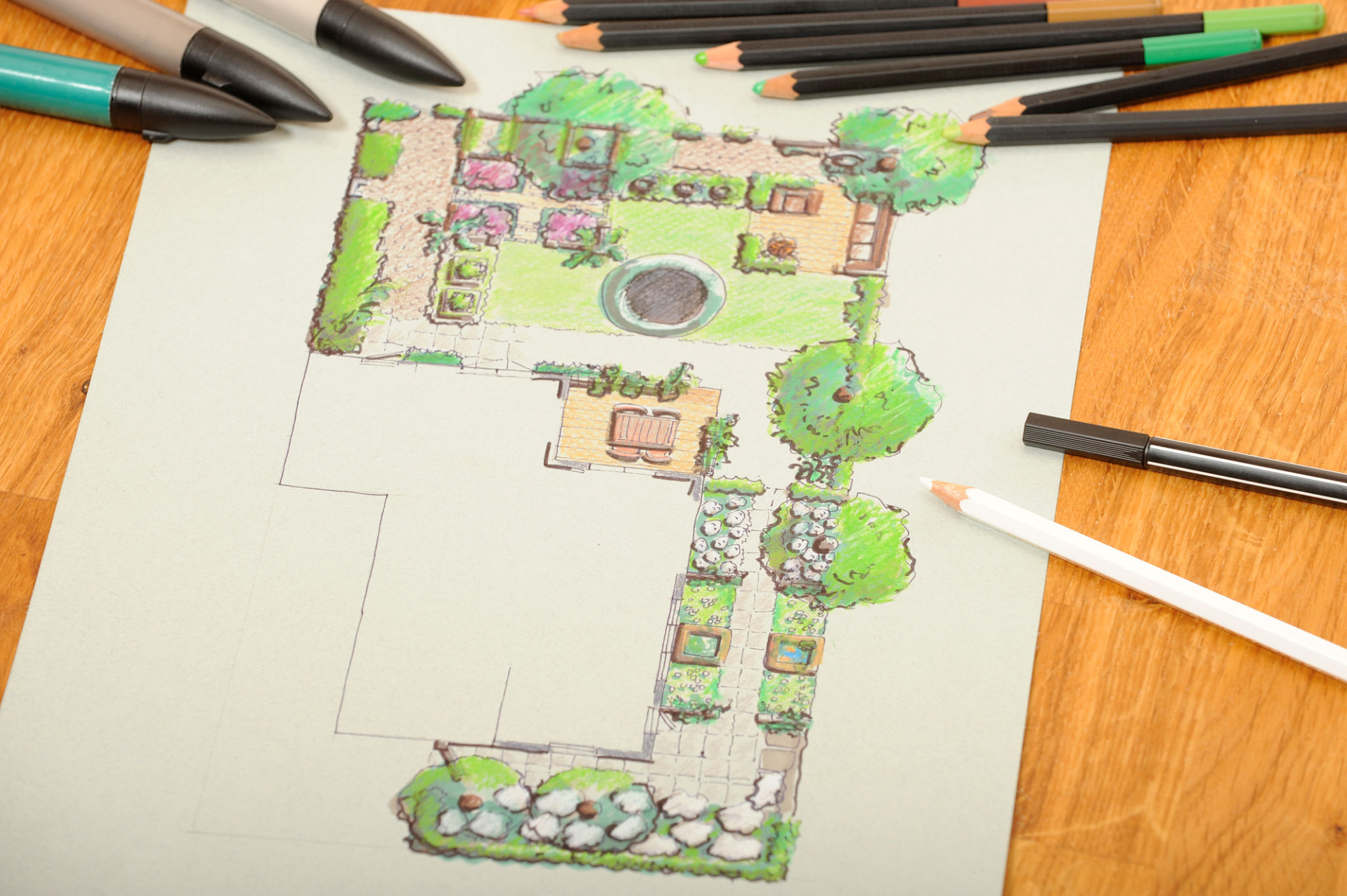Common Landscaping Mistakes and How to Avoid Them
FP
Overlooking Soil Quality
One of the most common mistakes in landscaping is neglecting the quality of the soil. Healthy plants start with healthy soil, which provides essential nutrients and support. Many people assume all soil is the same, but this is far from the truth. Different plants require different soil types, and failing to consider this can lead to poor plant growth.
To avoid this mistake, test your soil to determine its pH level and nutrient content. Adjustments like adding organic matter or pH balancers can significantly improve soil quality, setting the stage for a thriving garden.

Neglecting Plant Placement
Another frequent error is improper plant placement. Each plant has specific light and space requirements. Placing a shade-loving plant in direct sunlight can cause it to wither, while sun-loving plants in the shade may fail to bloom. Crowding plants too closely can also hinder their growth and lead to diseases.
Before planting, research each plant’s needs. Pay attention to sunlight exposure, water requirements, and mature size. Plan your landscape layout accordingly to ensure each plant has the conditions it needs to thrive.
Ignoring Maintenance Needs
Landscaping involves ongoing care, yet many homeowners underestimate this aspect. Without regular maintenance like pruning, watering, and fertilizing, even the most well-planned gardens can become overgrown and unmanageable.
Create a maintenance schedule that outlines tasks throughout the year. This might include seasonal pruning, mulching in spring or fall, and regular watering during dry spells. By adhering to a routine, you can keep your landscape healthy and attractive.

Overwatering or Underwatering
Water management is crucial in landscaping, but it's often mishandled. Overwatering can drown plants and cause root rot, while underwatering leads to dehydration and stress. Finding the right balance is key.
Install an efficient irrigation system or use a moisture meter to assess when your plants need watering. Adjust water supply based on weather conditions and individual plant needs to maintain optimal hydration.
Selecting Invasive Plants
Choosing the wrong plants can lead to an invasive species taking over your garden. These plants spread aggressively and can choke out other vegetation.
Avoid this mistake by researching native plants or those specifically suited to your local climate. Native plants not only thrive in their environment but also support local wildlife and require less maintenance.

Overlooking Mulching Benefits
Mulching is an often-overlooked practice that offers numerous benefits. It helps retain soil moisture, suppresses weeds, and adds organic material as it breaks down. However, many skip this step or apply it incorrectly.
Ensure you apply mulch evenly around plants without piling it against stems or trunks. A layer of 2-3 inches is typically sufficient to reap its benefits without harming your plants.
Poor Planning for Growth
Failing to account for plant growth can result in overcrowding and competition for resources. What starts as a beautiful design can quickly become chaotic if plants are not given room to grow.
When planning your landscape, consider the mature size of each plant. Allow adequate space for growth and consider how this will affect the overall aesthetic as plants develop over time.

Lacking a Cohesive Design
A final mistake is missing a cohesive design theme. Random plant selections without a clear vision can lead to a disjointed appearance that lacks harmony.
Develop a landscaping plan that includes color schemes, textures, and focal points. Consistency in design elements will create a more pleasing and unified landscape.